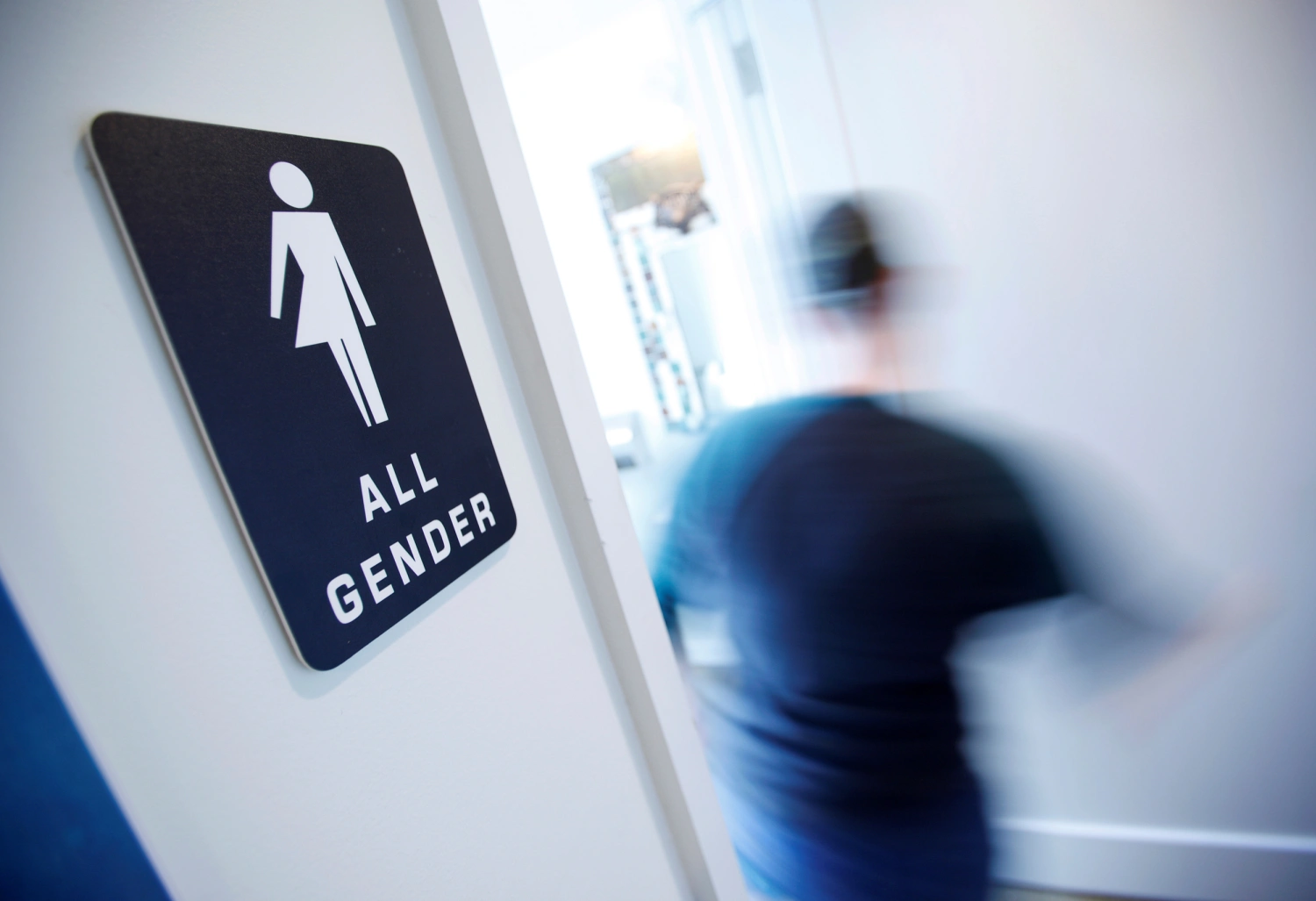Public restrooms and changing rooms are essential facilities that serve people from all walks of life. These facilities are designed to provide privacy, comfort, and convenience to their users. However, there have been concerns regarding the safety of these facilities, especially when it comes to the issue of gender-based violence. In this article, we will discuss how we can ensure the safety of public restrooms and changing rooms.
Here is what happened to a 15-year-old recently:
A Canadian teenage girl has expressed her shock and disgust after seeing the naked penis of a person who identifies as a “transgender woman” in the women’s changing room at a public swimming pool in Calgary.
The 15-year-old girl recounted that the person entered the room with an “arrogant look” and quickly undressed, parading around naked for some time. She was so disturbed by the sight that she fled the room. Allan Eisses, the girl’s father, confirmed the incident and complained to officials. He expressed disappointment that no action had been taken as the person was allowed to use the women’s changing room because they “identify as a woman”.
The father also expressed anger that the police and city councilors did nothing to protect underage girls from exposure to naked men. Although police claimed that the indecent exposure event did not occur, Eisses refuted the claim and accused them of lying to the public. Similar incidents have taken place in other parts of Canada, and parents have protested against them
Importance of Safety: The safety of public restrooms and changing rooms cannot be overemphasized. These facilities are used by vulnerable groups such as children, the elderly, and people with disabilities. Hence, it is crucial to ensure that they are safe and secure. There have been instances where people have been subjected to sexual assault and harassment in these facilities, which can cause long-term trauma and psychological damage.
Legal Obligations: There are legal obligations that businesses and organizations must meet to ensure the safety of their customers. For example, in Canada, the Canadian Human Rights Act prohibits discrimination based on gender identity or expression. This means that businesses and organizations must provide safe and accessible facilities for all individuals, regardless of their gender identity or expression.
Best Practices: To ensure the safety of public restrooms and changing rooms, there are several best practices that businesses and organizations can adopt. These include:
- Install Security Cameras: Security cameras can help deter criminal activities and provide evidence in case of any incidents. However, it is important to ensure that the cameras do not invade people’s privacy.
- Ensure Adequate Lighting: Good lighting is essential to create a safe and welcoming environment. Proper lighting can also help deter criminal activities and make it easier for people to identify potential threats.
- Provide Clear Signage: Clear signage can help people navigate the facilities and understand the rules and regulations. This can also help deter inappropriate behavior and make it easier for people to report any incidents.
- Provide Gender-Neutral Facilities: Gender-neutral facilities can help ensure that everyone feels safe and comfortable. These facilities can also help reduce instances of gender-based violence.
- Train Staff: Training staff on how to handle incidents and how to provide a safe and welcoming environment can help prevent incidents from occurring. Staff should also be trained on how to respond to incidents and how to report them.
Conclusion: Ensuring the safety of public restrooms and changing rooms is crucial for businesses and organizations. By adopting best practices such as installing security cameras, providing clear signage, and training staff, we can create a safe and welcoming environment for everyone. It is our responsibility to ensure that these facilities are accessible and safe for all individuals, regardless of their gender identity or expression.










